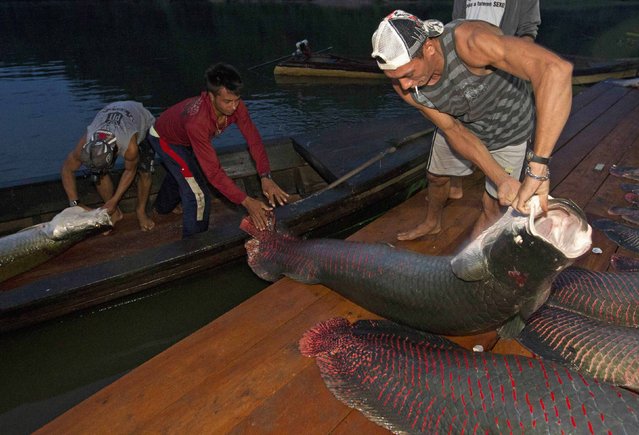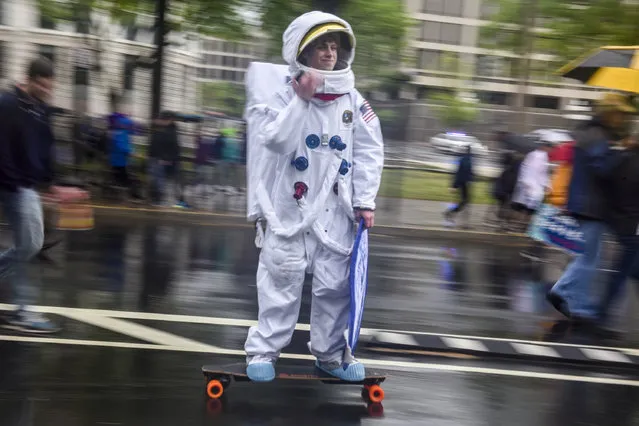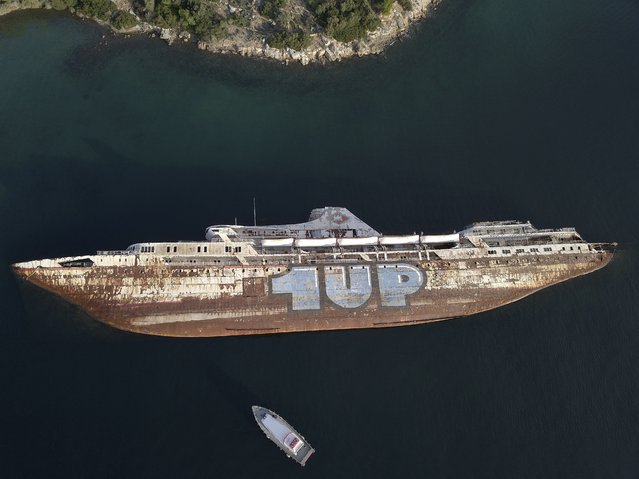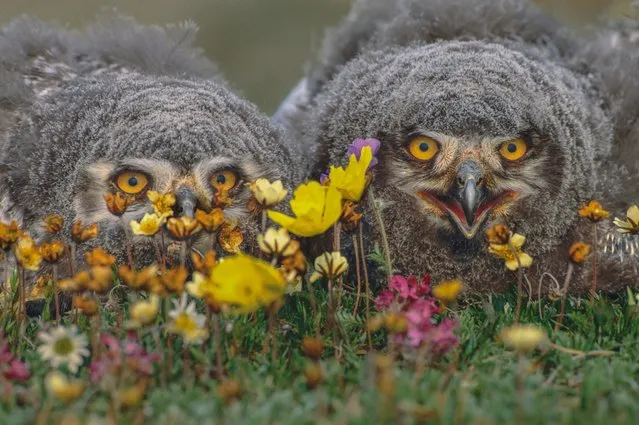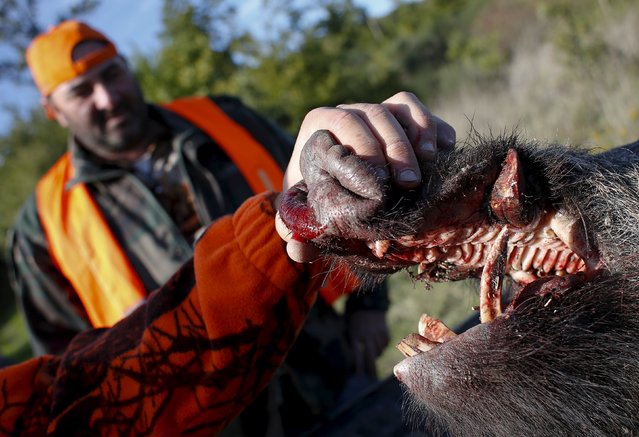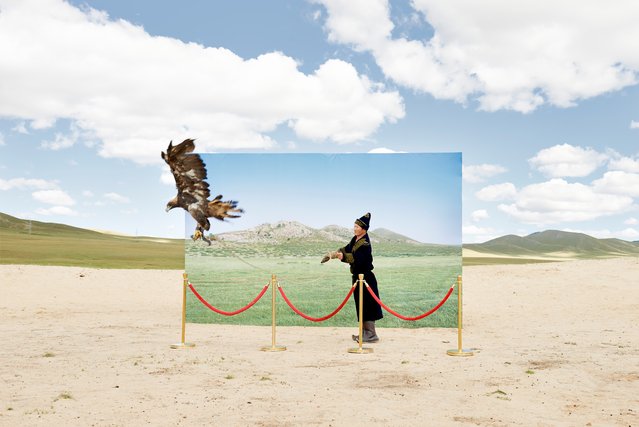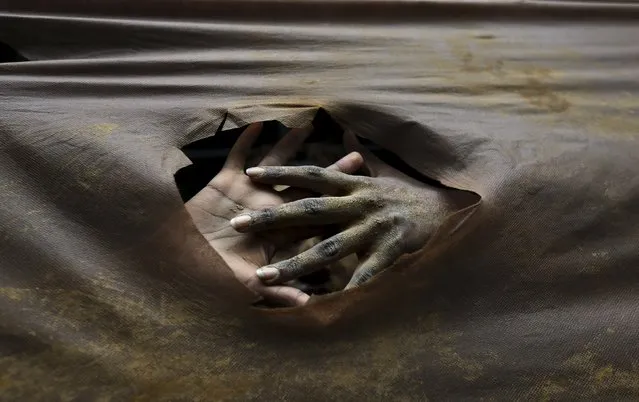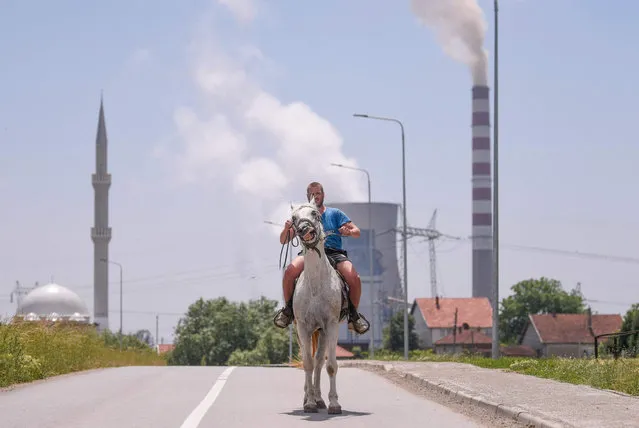
A man rides his horse next to Kosovo's coal-fired power plant near the town of Obilic on May 30, 2022. Two coal-fired power plants, Kosova A and Kosova B, are the main source of the alarming air pollution levels in Kosovo, and particularly in the town of Obilic, which is located between the two plants and near to their ash disposal sites and open-pit lignite mines. (Photo by Armend Nimani/AFP Photo)
01 Jun 2022 05:38:00,post received
0 comments

